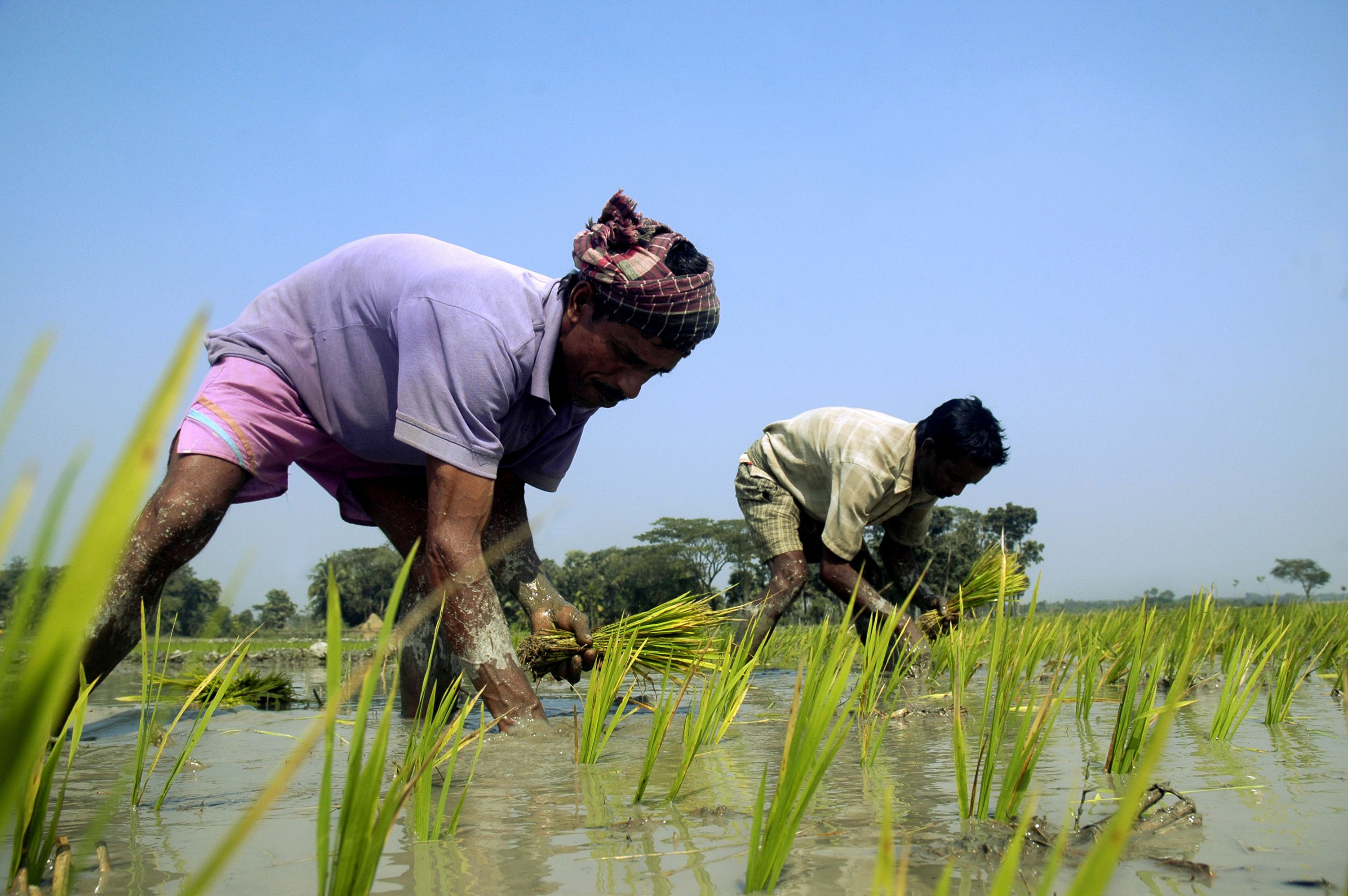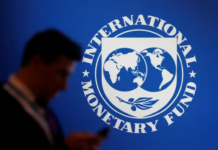Says a WB report on South Asia, dealing mostly with impact of coronavirus pandemic

Bangladesh’s tremendous growth momentum in recent years is set to come to a crashing halt for the coronavirus outbreak in the country, with the poor and informal sector bearing the most brunt, said the World Bank yesterday.
This fiscal year, the country’s GDP growth is forecasted to be between 2 and 3 percent, in a stunning decline from the 8.15 percent logged in last fiscal year.

At the start of this fiscal year, the government was hoping to register 8.20 percent GDP growth.
“The outlook is dire,” said Hans Timmer, World Bank’s chief economist for South Asia, at the launch of the Washington-based multilateral lender’s latest South Asia Economic Focus report via a conference call on Friday.
The report, which was made public yesterday, is centred around the impact of coronavirus on the region.
The pandemic stands to wipe out the gains Bangladesh made over the past decade on poverty reduction, he said.
To avert the disastrous outcome, the government needs to ramp up social security programmes in the form of cash or food transfer to those who are above the poverty line and were gainfully employed in the informal sector but suddenly found themselves out of jobs for the countrywide shutdown enforced by the government from March 26 to flatten the spread on coronavirus.
And the Bangladesh government has more fiscal space than the other nations in South Asia as its external debt is low and its budget deficit has largely been within the responsible bound of 5 percent.
Although the first confirmed cases of Covid-19 in Bangladesh were not announced until March 8, the government had started its contingency planning two months ago, said Hartwig Schafer, the WB’s vice-president for the South Asia regions.
“We are all in uncharted territory, so you can’t be too early on the planning for such events,” he said, adding that the Bangladesh government is doing the best it can given the resources in hand and the extraordinary circumstances.
The government has acted quickly with public health directives, stimulus package and scaled-up social protection programmes, said Mercy Meiyang Tembon, the WB’s country director for Bangladesh and Bhutan.
The WB is willing to make available more than $6 billion for Bangladesh to tackle the outbreak and also jumpstart the economy once the lethal pathogen has been extinguished.
It is now working to divert funds it had approved projects previously. The lender has approved 46 projects worth about $12 billion, and more than half of the sum has not been disbursed yet due to slow progress of the projects.
The WB is now looking to force start a $300 million cash transfer project it had approved earlier but was taking a while to get off the ground.
It is also working with the other multilateral lenders like its sister concern the International Monetary Fund, the Asian Development Bank and the Asian Infrastructure Investment Bank to arrange more funding.
Given the uncertainty surrounding the duration of the pandemic and its economic and death tolls, the multilateral lender forecasts the GDP growth next fiscal year would be between 1.2 percent and 2.9 percent.
The Bangladesh economy will be “significantly impacted” by the coronavirus juggernaut, it said.
The low-income people, especially informal workers in the hospitality, retail trade and transport sectors, and the small- and medium-sized enterprises will be hit hard.
“Poor people have a higher likelihood to lose their work and have no buffers to absorb a loss in income. Migrant workers who had escaped rural poverty by finding work in cities are forced back into rural poverty again,” the report said.
But the economy will particularly be knocked on two fronts: remittance inflows and garment exports, both sources of foreign currency for the country and livelihood for many marginally poor.
The decline in national and global demand for manufactured goods, particularly in the garment sector, risks creating unemployment and deepening poverty.
With 81 percent of total exports coming from the textile and garments sector, Bangladesh will suffer disproportionately, in part because the countries that suffered the largest outbreaks are also the largest buyers of garments from Bangladesh, the report said.
On the other hand, some construction and infrastructure projects stopped in the country because equipment could not be imported, and technical staff could not travel.
The rest of South Asia is not faring any better though and is on course for its worst economic performance in 40 years.
Growth in the region, which comprises eight countries, will fall to a range between 1.8 and 2.8 percent in 2020, down from 6.3 percent projected six months ago, thanks to halting economic activity, collapsing trade, and greater stress in the financial and banking sectors.
India’s GDP is forecasted to grow at 1.5-2.8 percent, while Afghanistan, Pakistan, Sri Lanka and the Maldives will register negative growth this year.
In case of prolonged and broad national lockdowns, the WB warned of a worst-case scenario in which the entire region would experience a negative growth rate this year.
This deteriorated forecast will linger in 2021, with growth projected to hover between 3.1 and 4 percent, down from the previous 6.7 percent estimate.
The priority for all South Asian governments is to contain the virus spread and protect their people, especially the poorest who face considerably worse health and economic outcomes, Schafer said.
“The Covid-19 crisis is also an urgent call-to-action moment to pursue innovative policies and jumpstart South Asian economies once the crisis is over. Failure to do so can lead to long-term growth disruptions and reverse hard-won progress in reducing poverty,” he added.
In the short-term, the report recommends preparing weak healthcare systems for greater Covid-19 impacts as well as providing safety nets and securing access to food, medical supplies and necessities for the most vulnerable.
To minimise short-term economic pain, the report calls for establishing temporary work programmes for unemployed migrant workers, enacting debt relief measures for businesses and individuals and easing inter-regional customs clearance to speed up import and export of essential goods.
Once lockdown restrictions are loosened, South Asian governments should adopt expansionary fiscal policies combined with a monetary stimulus to keep credit flowing in their economies.
Since many South Asian countries have limited fiscal space, these policies should target people worst hit by the freeze on economic activity.
The report urges governments to adopt temporary spending measures and coordinate with international financial partners to avoid unsustainable long-term debt levels and fiscal deficits.
After tackling the immediate Covid-19 threat, South Asian countries must keep their sovereign debt sustainable through fiscal prudence and debt relief initiatives, Timmer said.
“And looking beyond the present crisis, lie great opportunities to expand digital technologies for payment systems and distant learning to unlock remote areas in South Asia.”









